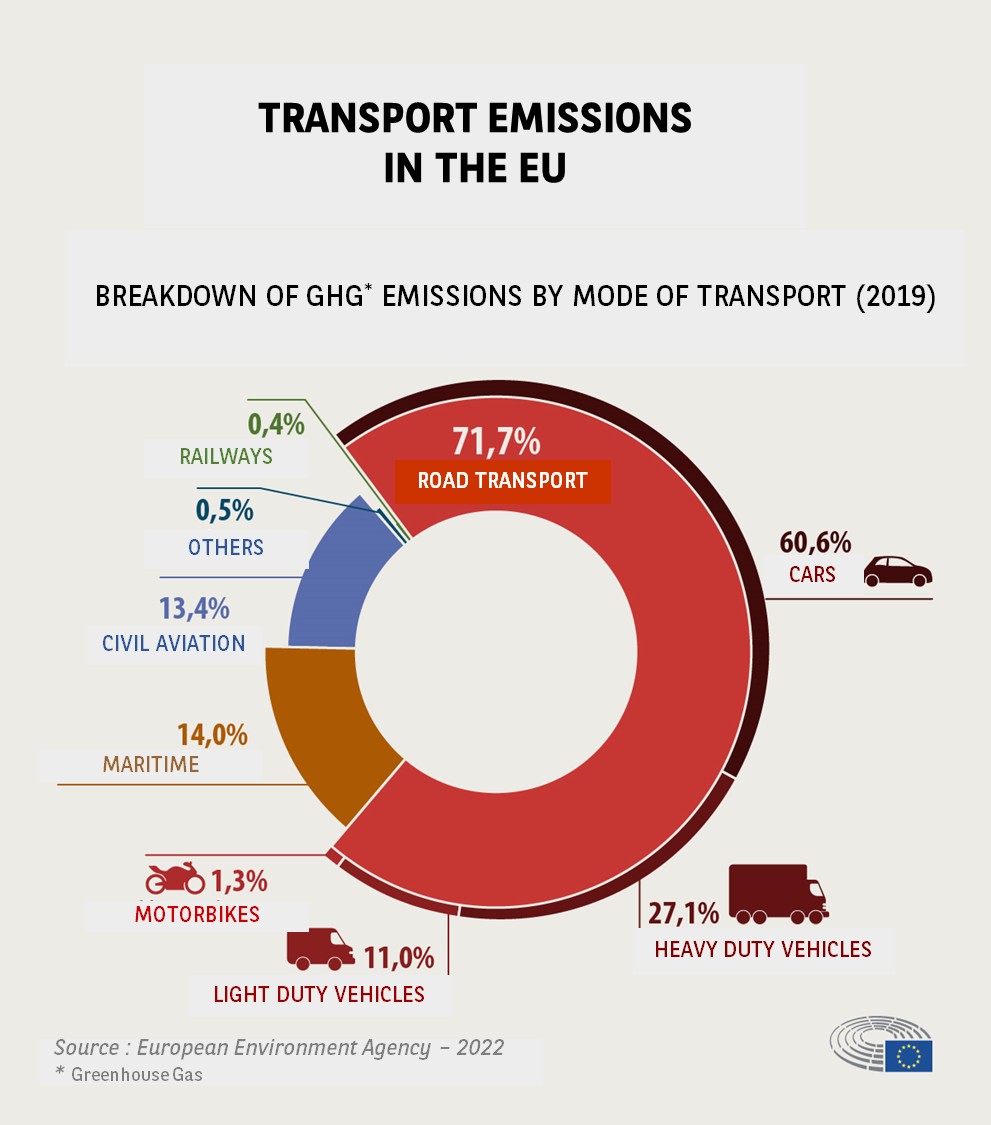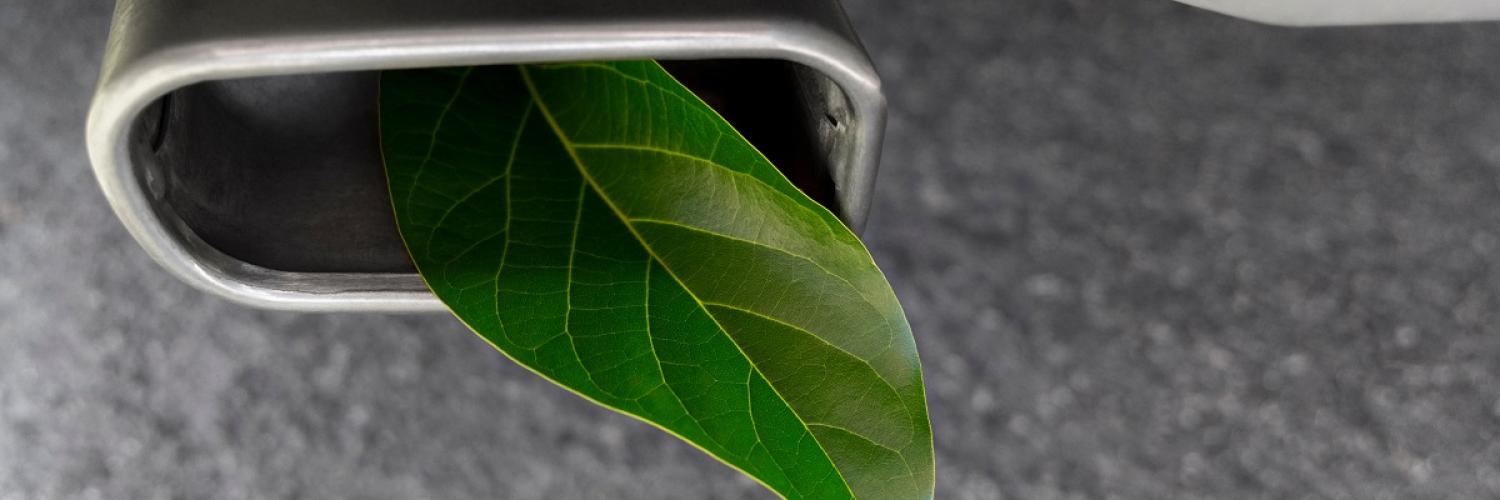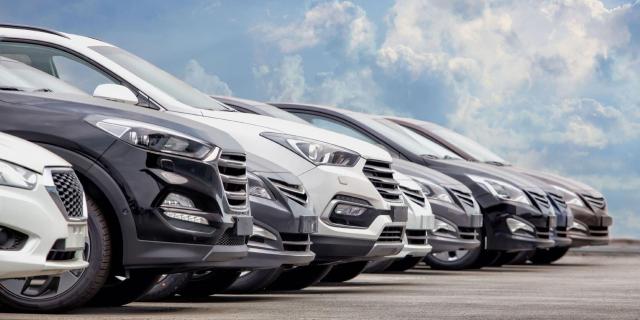In accordance to the EU 2035’s zero emissions target, as of 2035, every Passenger Car (PC) and Light Commercial Vehicle (LCV) delivered in the EU, will have the obligation to be free of driving emissions (no CO2 nor NOX emissions).
Taking that into account, it is important to acknowledge that in 2050, due to the remaining thermal engine vehicles still in sufficient working condition, approximately 20% of all PCs & LCVs will still emit CO2 and NOx emissions.
In addition, every electric PC and LCV will also emit Particle Materials (PM) because of brake pads and tires.
With regards to these elements, the European Commission has taken action and articulated a new set of measures which are aiming to reinforce the means for air quality improvement. On the 27th of Oct. 2022, the Council of the European Union and the European Parliament agreed on new standards, setting specific CO2 reduction targets for new cars and vans (100% by 2035). On the 10th of Nov. 2022 - the European Commission presents the EURO 7 norm proposal to replace the current EURO 6 norm.
In order to have a clear understanding on how the EURO 7 could impact the future of the automotive industry, it is key to understand first what are Green House Gases (GHG) and how they are impacting the environment.
GHG are essential gases naturally present in earth atmosphere. In fact, without them, earth’s atmosphere would be unable to retain enough of the sun’s heat for earth to be liveable. There are 6 GHG and three of them are of primary concern because they are directly associated with human activities.
For a fact, Carbon dioxide (CO2) is the major contributor to climate change. It is produced by the combustion of fossil fuel. Methane (CH4) emissions are mainly taking their source in vegetation combustion. Nitrous Oxide (N2O) can be found in fossil fuel burning and has a 310 times global warming potential compared to CO2.

As seen on the graph above, in 2019 Road Transport (Cars, Heavy & Light Duty Vehicles and motorbikes) are representing 71.7% of the overall transport’s GHG. Transport emissions are accounting for more than 20% of the total emissions.
The largest part is represented by cars (more than 60,6%), followed by heavy duty vehicles (more than 27%), light duty vehicles/LCVs (11%) and motorbikes (1,3%).
EURO 7 norm and CO2 emissions
In the EURO 7 norm, there is no mention to CO2 emissions anymore. In fact, CO2 emissions subject has been treated in the past by previous European Commission measures. Here is a brief outlook of what have been previously implemented:
- 55% CO2 emission reduction target for new cars and 50% for new vans by 2030 compared to 2021 levels
- 100% CO2 emission reduction target for both new cars and vans by 2035.
CO2 emissions are a very important aspect of global warming and have to be regulated. In fact, cars and vans are responsible for 15% of the total EU CO2 emissions. 12% and 3% respectively.
EURO 7 norm’s overview
The European Commission's objectives for 2035
Road transport is considered responsible for 39% of NOX emissions in 2018 and 11% of PM emissions.
- 35% reduction in NOX (nitrogen oxide) emissions for light vehicles (cars and vans) compared to Euro 6
- 13% reduction in exhaust PM (particulate material) emissions
- 27% reduction in PM emitted during braking
Regarding tailpipe emissions
- Nitrogen oxide (NOX): 60 mg/km for light combustion vehicles
- Carbon monoxide (CO): 500 mg/km
Polluting particles from brakes and micro plastics from tires are the Euro 7 standard novelties. Regarding particle matter emissions caused by braking (PM10), the European Commission has set the threshold at 7 mg/km from the 1st of July 2025 and will divide it by more than two, to 3 mg/km from the 1st of January 2034.
Definitions
- NOX: Nitrogen Oxides
- PM: particulate materials
- CO: carbon oxide
EURO 7 norm’s deep dive
The Euro standards overall objective is air quality improvement. Euro 7 specifically aims at reducing the tolerance thresholds for thin particles and gaseous pollutants emissions related to road transport. One limitation to the Euro standards is that until now, they only controlled emissions from exhaust gases, a follow-up that does not concern electric vehicles. Electric vehicles being 40% heavier than their thermal engines equivalent, the weight of vehicles having an important impact on the use of brakes and on the degradation of tires, this new standard is key to control real emissions.
The EURO 7 standards are scheduled to enter into force on the 1st of July 2025 for light vehicles (cars and vans) and in 2027 for heavy goods vehicles. These proposals are addressing more requirements for pollutant thresholds already regulated by anti-pollution standards and are incorporating new pollutants, namely Particulate Matter (PM) emitted by braking and tires so that electric vehicles will also be included by these standards in the future.
By incorporating this data into the new standard, the European Commission is expected to reduce brake emissions by 27% compared to the Euro 6 standard, which was published in 2013.
On top of that, by effectuating more relevant on-road emissions tests, the EURO7 norm will bring a deeper knowledge of the vehicles’ actual range, including low and high temperatures (which is not included in WLTP and Euro 6 Norms) + small journeys related to the Last Mile delivery usage. The limits for petrol and diesel engines of the EURO 6 norm have remained unchanged. "EURO 7 rules are neutral in terms of technology and fuel" the European Commission said. The norms regarding vehicles’ durability will greatly evolve. In the past, the vehicles where tested to validate that they are capable of working for a 100 000 km and 5 year. Today, the EURO 7 norm will require a more severe compliance in terms of mileage and duration: 200 000 km and 10 years, twice as much as the previous one.
Additionally, the EURO 7 will regulate batteries’ durability, in order to reduce battery replacement frequency, consequently aiming at reducing raw materials need.
On-board emissions monitoring: emissions data will be monitored by the European Union countries’ authorities. EURO 7 norm includes the installation on each vehicle of on-board emission monitoring systems (OBM), in order to be able to control pollutant data in real time and report any problems by enabling a much easier emissions’ control via digital solutions. "The focus on digital, to ensure that vehicles are not tampered with and that emissions can be monitored in real time," said Thierry Breton, European Commissioner for the Internal Market.
Drivers’ tips
How to save the TCO and the environment?
Tyre wear in every use is strongly influenced by operating and driving style. Increased tyre abrasion is due to:
|
Topography |
Mountains roads |
|
Driving surface |
Concrete is more severe than asphalt |
|
Weather conditions |
Wet road surfaces |
|
Air temperature |
High temperatures |
|
Vehicle weight |
High weight |
|
Axle geometry |
Sporty chassis or misaligned axles |
|
Engine |
High torque (especially EV) |
|
Driving speed |
High speed |
|
Driving style |
Harsh braking, harsh acceleration |
What are the required actions?
- Summer/winter tyre: a tyre used out of its optimal use temperature can increase wear
- Tyre pressure: optimal pressure advised by the manufacturers = reduced wear
- Vehicle axle geometry: regular check is needed to optimize the wear
- Tyre aspect: regular check of the state of the tyre may increase safety and optimize wear
- Driving behaviour: from a general point of view, an adapted driving will save energy consumption and optimize tyre life. A special focus for EV, which are heavier and have a higher torque.
- A connected vehicle will bring the relevant information, which will help the customer to correct any non-appropriate behaviour
In accordance to the EU 2035’s zero emissions target, as of 2035, every PC & LCV delivered in the EU, will have the obligation to be free of driving emissions (no CO2 nor NOX emissions).
The Euro standards overall objective is air quality improvement. Euro 7 norm specifically aims at reducing the tolerance thresholds for thin particles and gaseous pollutants emissions related to road transport. One limitation to the Euro standards is that until now, they only controlled emissions from exhaust gases, a follow-up that does not concern electric vehicles. Accordingly, how the tyre industry will evolve? Is connected tyre the answer?
Do you want to read more Arval Mobility Observatory news?
You find the Arval Mobility Observatory newsroom here.




